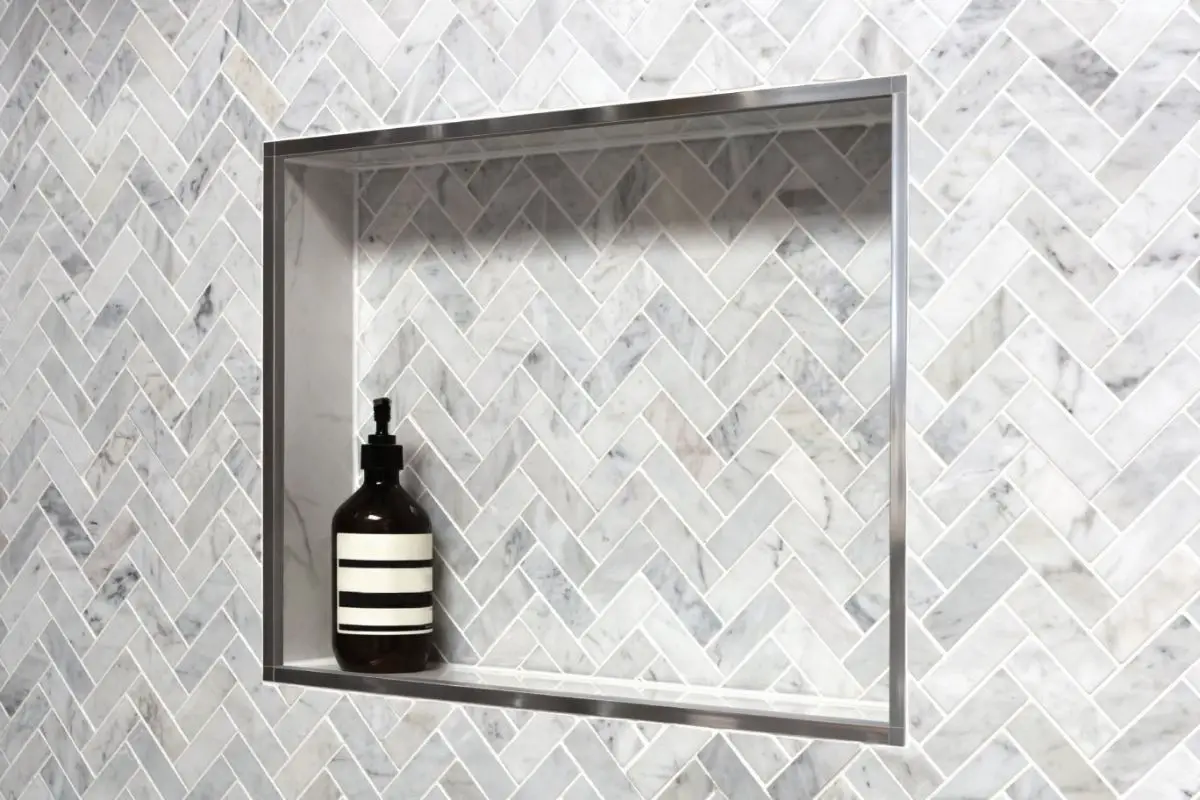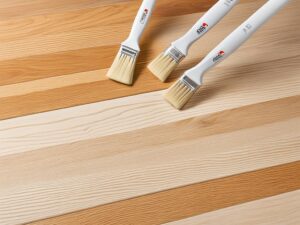Introduction
When it comes to tile installations, the finishing details can make all the difference. Among the most critical decisions is choosing the right edge trim to complete the look and functionality of your tiles. Two popular options in the market are Schluter and bullnose edge trims. In this article, we will delve into the differences between these two options, exploring their features, benefits, and best applications. By the end, you’ll be better equipped to make an informed decision on which edge trim is ideal for your tile project.
1. What is an Edge Trim and Why is it Important?
Before we delve into the specifics of Schluter and bullnose edge trims, it’s essential to understand what an edge trim is and why it matters. An edge trim, also known as an edge profile or tile trim, is a finishing material designed to protect the exposed edges of tiles. It not only enhances the aesthetics of the tile installation but also serves a functional purpose by preventing chipping, cracking, and other damages to the tile edges.
2. Schluter Edge Trim: Advantages and Applications
Schluter edge trim is a popular choice among homeowners and professionals for its versatility and durability. It is made from high-quality materials such as aluminum, stainless steel, and PVC, offering excellent resistance to wear and tear. The Schluter system is available in various profiles, including L-shaped, round, and square, catering to different design preferences.
The advantages of Schluter edge trim include:
2.1. Superior Protection
Schluter edge trim provides comprehensive protection to tile edges, ensuring they remain intact even in high-traffic areas. This feature makes it an ideal choice for commercial spaces like malls and airports.
2.2. Aesthetic Appeal
The sleek and modern design of Schluter edge trim adds a polished and professional finish to any tile installation, elevating the overall appearance of the space.
2.3. Water and Moisture Resistance
Schluter edge trim is particularly beneficial in wet areas, such as bathrooms and kitchens, as it effectively prevents water from seeping into the edges and compromising the integrity of the tiles.
3. Bullnose Edge Trim: Advantages and Applications
Bullnose edge trim is a classic option that has been used for decades to finish tile installations. It features a rounded edge that offers a soft and elegant finish to the tile layout. Bullnose is commonly available in ceramic, porcelain, and natural stone materials, providing a wide array of design choices.

The advantages of bullnose edge trim include:
3.1. Timeless Elegance
Bullnose edge trim imparts a timeless and traditional look to the tiled surface, making it a popular choice for vintage-themed interiors.
3.2. Seamless Transitions
The rounded edge of bullnose trim allows for smooth transitions between walls and floors, creating a visually appealing and cohesive design.
3.3. Budget-Friendly
Compared to Schluter edge trim, bullnose options are generally more affordable, making them an excellent choice for cost-conscious projects.
4. Which Edge Trim Should You Choose?
The choice between Schluter and bullnose edge trim ultimately depends on your specific needs and preferences. Here are some factors to consider:
4.1. Design Style
If you prefer a contemporary and modern design, Schluter edge trim might be the better option. For those seeking a timeless and classic look, bullnose edge trim is a perfect fit.
4.2. Tile Material
Consider the material of your tiles. Schluter edge trim works well with various materials, including large format tiles and natural stones. On the other hand, bullnose trim is more commonly available in ceramic and porcelain.
4.3. Application Area
For high-traffic areas or spaces prone to moisture, Schluter edge trim offers superior protection. Bullnose edge trim is better suited for low-traffic areas with its smooth and seamless transitions.
Conclusion
In conclusion, both Schluter and bullnose edge trims offer unique benefits and can enhance the beauty and durability of your tile installation. Whether you opt for the modern appeal of Schluter or the timeless elegance of bullnose, selecting the right edge trim is essential for a successful tile project. Consider the design style, tile material, and application area to make an informed choice that best suits your requirements.
Frequently Asked Questions (FAQs)
1. Can I use Schluter edge trim with any tile material?
Yes, Schluter edge trim is compatible with various tile materials, including ceramic, porcelain, and natural stone.
2. Is bullnose edge trim suitable for wet areas like bathrooms?
Yes, bullnose edge trim works well in wet areas and helps protect tile edges from moisture damage.
3. Can I install Schluter edge trim myself, or do I need a professional?
Schluter edge trim installation is relatively straightforward and can be done by a competent DIY enthusiast. However, for complex projects, it’s best to consult a professional tile installer.
4. Which edge trim is more budget-friendly?
Bullnose edge trim is generally more affordable than Schluter options, making it a cost-effective choice for many projects.
5. Can I use bullnose edge trim for large format tiles?
Bullnose edge trim is commonly available in various sizes, including those suitable for large format tiles. However, it’s essential to ensure compatibility with your specific tile dimensions before purchasing.



